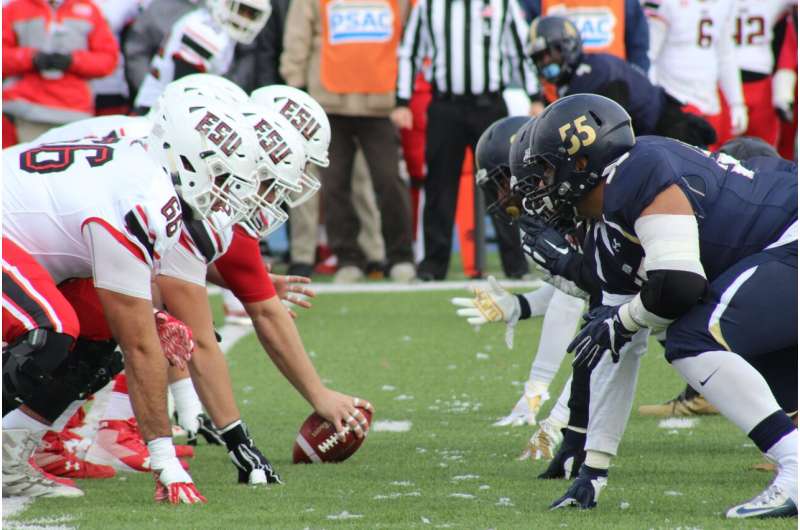Research Indicates Brain Changes in Young Athletes May Occur Before CTE Manifestation

New research shows that brain injuries from repetitive head impacts in young athletes occur well before the onset of chronic traumatic encephalopathy, emphasizing early intervention and prevention.
A recent groundbreaking study highlights that brain damage resulting from repetitive head impacts can commence in young athletes long before the clinical signs of chronic traumatic encephalopathy (CTE) become evident. Published in Nature by researchers from Boston University School of Medicine, the study reveals that exposure to repetitive head impacts (RHI)—common in contact sports such as football and soccer—can lead to early neuronal and vascular injuries. These injuries include significant neuronal loss, inflammation, and vascular damage, detected even in individuals not yet diagnosed with CTE.
Using advanced single nucleus RNA sequencing, scientists analyzed brain tissue from 28 men aged 25 to 51, divided into controls, contact sport athletes without CTE, and athletes with low-stage CTE. The results demonstrated that many of the brain alterations observed—such as a 56% loss in neurons—were present in athletes prior to the appearance of CTE. Notably, these neuronal destructions were concentrated in the cortical sulcal depths, regions subject to high mechanical forces during impacts, which are also where CTE initially tends to develop.
These findings challenge the traditional understanding that neuronal loss occurs exclusively after CTE diagnosis, emphasizing that brain injury begins much earlier. Moreover, the research showed inflammation and vascular injury levels similar in athletes with and without CTE, suggesting that RHI-related brain damage can be independent of the disease. The study underscores the importance of early detection and preventive measures in contact sports.
The lead author, Dr. Jonathan Cherry, highlighted that the neuronal loss and inflammation in young athletes—who are generally considered healthy—indicate that repetitive hits to the head cause brain injury well before any clinical symptoms are visible. Co-author Dr. Ann McKee emphasized that these results serve as a strong call to limit head impacts at all levels of contact sports, including youth and high school levels. Developing better detection and intervention strategies for brain injury in young athletes could significantly reduce the risk of long-term neurodegeneration.
This research underscores the critical need to reevaluate safety protocols to protect young athletes from early brain injuries linked to repetitive head impacts.
Stay Updated with Mia's Feed
Get the latest health & wellness insights delivered straight to your inbox.
Related Articles
Research Shows Flavor Bans Reduce Youth Vaping but May Impact Cigarette Trends
Flavor bans on e-cigarettes significantly reduce youth and adult vaping, but may slow the decline in cigarette smoking among youth. Research highlights the need for balanced tobacco control strategies.
Distinct Pathways in Macrophages Regulate Inflammation and Lysosomal Function During Toxic Particle Exposure
New research reveals that macrophages activate separate pathways to manage inflammation and lysosomal function during exposure to toxic particles, opening doors for targeted therapies in related diseases.



